From Livingston in West Lothian to the concert arenas of the world, the rise of David John Cicero into the pop charts was swift.
A fan of synthpop and dance music, Cicero began writing songs and making music in his bedroom, aided by advancements in technology such as affordable samplers and sequencing software. Following a PET SHOP BOYS concert in 1989, he managed to get a demo tape to the duo.
Before two could be divided by zero, Cicero was offered a record deal with Neil Tennant and Chris Lowe’s new record label Spaghetti Records imprint which was being set up via Polydor Records.
Although the excellent debut single for both Cicero and Spaghetti Records ‘Heaven Must Have Sent You Back To Me’ failed to chart, it brought the young photogenic Scot to the attention of radio programmers and press. So when his PET SHOP BOYS produced second single ‘Love Is Everywhere’ was released in late 1991, it eventually reached No19 in the UK charts.
The album ‘Future Boy’ and ‘Live For Today’, a wonderfully cinematic contribution to the Oscar nominated film ‘The Crying Game’ followed, but then record company politics intervened and contributed to a stall in momentum.
Although later, there was a UK tour supporting TAKE THAT plus the independently issued singles ‘Summertime’ and a cover of SOFT CELL’s ‘Say Hello, Wave Goodbye’, as the new millennium loomed, Cicero opted to disappear from public view.
But now in 2019, as his former mentor Neil Tennant used to say when he was Assistant Editor of Smash Hits, Cicero is “Back-back-BACK!”.
With the release of his appropriately titled new single ‘Turned Around’, Cicero kindly spoke about his album ‘Future Boy’, working with PET SHOP BOYS, briefly being a pop pin-up and his return to music…
At a time when affordable electronic music technology was making acid house and techno a cultural reality, you opted to do pop songs, so who were your main influences in that respect?
I was going to clubs in my late teens and listening to house music like ‘Jack Your Body’ and ‘House Nation’ the early stuff and thinking “wow I want to do that”. When moving to Livingston when I was 17, the Scottish radio was full of RUNRIG, HIPSWAY, DEACON BLUE etc, mostly rock pop stuff. Nobody really from Scotland at that time was playing electronic music, in the mainstream anyway.
The club I went to called ‘Melvilles’ at the time (now a church lol) was playing all types of music including HI-NRG like “I was a male stripper in a go go bar” (not me, that was the name of the song ?) and tracks like “Boom Boom, let’s go back to my room” and I loved them. It was the energy they gave off on the dancefloor, just like house music which was uplifting, almost trance like. They also played a lot of electronic bands like OMD, PSB and VISAGE.
Can you remember your first synth or keyboard? What was it like to use?
The first keyboard was a small Casio which had built-in speakers and drums etc, not that great at sounds but you could play about with them to make better ones. It did not have any phono outputs, so I had to tape a microphone to its speaker when doing my early gigs.
What was your set-up when you were producing the demos that would eventually become ‘Future Boy’?
By the time I was working on ‘Future Boy’, I had my Korg T3 and an Akai sequencer, an Akai sampler and a rack mount synth which was by Roland.
It was a long process when writing tunes as you could not copy and paste stuff, it was all step-sequenced so you had to build the tracks part by part which was pain staking at the time.
I also had an old Atari monitor when moving on to Cubase later which was so much better.
How did you come to the attention of PET SHOP BOYS?
They were playing at the SECC in Glasgow, I remember playing ‘Please’ constantly and loved every song. I carried my demo tape with me everywhere I went. We were listening in the car going to the gig and whilst waiting in the venue, my friend Ali bumped into Pete who was their PA at the time (later to be my manager) and said “you’ve got to listen to this, it’s similar to the PET SHOP BOYS!”.
At the time, I had only written ‘Love Is Everywhere’, ‘Heaven’ and ‘Cloud 9’. We were invited to meet them after the show and it was awesome. A month later Pete called me and said “you better start working on an album, the boys want you down in London”, the rest is history.
‘Heaven Must Have Sent You Back To Me’ was a fine debut single in anyone’s books, exactly what one would imagine Spaghetti Records to be about?
Yes Neil and Chris loved ‘Heaven’ and wanted it out first. Spaghetti Records was something they both created at the time to go with the Italian connection surname that I had. They later added more artists to the label.
You’re best known for your hit ‘Love Is Everywhere’ which looking back now, is quite a bizarre song sounding like THE PROCLAIMERS meeting PET SHOP BOYS and OMD with bagpipes and The Royal Edinburgh Military Tattoo thrown in for good measure… how did this come together in your head and then in the studio?
Haha, yes there is quite a mixture of styles in that tune. I always wanted it to be a Scottish anthem sounding tune and had a crap bagpipe sample playing the main part, but it all just worked. When doing my early gigs, it was the song that got everyone pumped and went down rather well.
When in the studio with the boys, they wanted real bagpipes so we got some guys in to play it, but the bagpipes needed tuning to the correct key to fit the track. Neil also decided to add his backing vocals to it which lifted the chorus to another level. Thinking back, it was all experiments which the boys had fun being involved in.
Had it been the intention for PET SHOP BOYS to be involved in the production of ‘Love Is Everywhere’?
Yes from the get go, it was probably one of the first we started working on in the studio when putting together ‘Future Boy’.
With it, you became a pop pin-up with a ‘Smash Hits’ front cover, how did you find the adulation and also being on TV?
I loved every minute of it; I remember rushing to the newsagents to buy a copy when I was told I was in a magazine.
You have to love it, it’s all about you and if you don’t like it, why are you doing it? Being on TV was amazing too and at the time I always wanted to be on ‘Top Of The Pops’, I was on it but only a few seconds of the video to ‘Love is Everywhere’ as it was the highest climber that week. I was told I was going on the show the following week, but later that week we were told that Michael Jackson was releasing a bloody 10 minute video which they decided to premiere on the show instead!
‘That Loving Feeling’ was also produced by PET SHOP BOYS, what was it like working with them? Are there any funny stories you can recall?
Yes let me get it straight, these boys are so talented, the ideas at the time were flowing and me, being young and naïve, did not respect that as much as I do now. They were the biggest names in the pop industry and they were producing some of my songs! Don’t get me wrong, I was loving every moment of it and thought it was amazing and looking back now it all seems like a dream.
Chris was the joker, he would just come out with some random stuff which would get us all laughing; Neil too, I loved it when he would go off on one about some of the artists at the time in the charts who he thought were not deserving (I will not mention any names).
It was a shame ‘That Loving Feeling’ didn’t hit the same heights as ‘Love Is Everywhere’, why do you think that might have been?
It was all down to distribution at the time, you’ve got to remember we did not have social media to help push sales. Even though Spaghetti was my label, Polydor were the main backing / distributors and were not getting the records out to all the shops in time. This was really out of Chris and Neil’s control and should have been handled better by Polydor.
My bother and others that were contacting me were saying the stores were not stocking it or were waiting on stock coming in. At the time, you needed to sell a lot of records to even get into the Top 100 and I just missed the Top 40 which was a bummer but it never stopped me carrying on.
‘My Middle Class Life’ had an air of VISAGE about it?
Did it? *laughs*
I do like VISAGE. That was written when I was a waiter back in the days of getting sh*t from customers. I would go into my staff room and write it out on a napkin. A few songs were written there.
There is some great brassy freeform synth playing on the rugged album closer ‘Future Generations’, an art which had sort of disappeared during those dance years?
That was a track written when I was coming down to London and seeing all the homeless / red light areas which I never experienced back home. We wanted the album to have an emotional ending to it, inspired by ‘The Great Gig In The Sky’ by PINK FLOYD, the female vocals are stunning… I wanted that similar vocal effect at the end of my tune.
The excellent electro instrumental ‘Sonic Malfunction’ was a last minute addition to ‘Future Boy’, why had it felt necessary to add further tracks?
I did a lot of instrumental tracks too back in the day, it was one of those songs that Neil and Chris liked and wanted to add it to the album. (Check out my YouTube page for the new mix I did). They wanted to also show I suppose, the other side of Cicero which is not always pop. We did not want to overdo the album with instrumentals… we were keeping them for the B sides ?
On B-sides like ‘Mind The Gap’, ‘Splatt’ and ‘Jungilism’, you were able to let your more clubby instincts run wild?
Yep, again it was all about showing another part of Cicero and it was great having full control to experiment with songs like that.
We had a great laugh making them and loved playing with new technology in the studio.
How do you look back on the ‘Future Boy’ album? Which were your own favourite tracks?
I still think its timeless, I think it’s one of those albums that still sounds like some of the songs that are out there today, hell I may have even influenced them in some way ?
I don’t have any faves, I like them all but ‘Then’ was the one that I loved to listen to on repeat. Yes I sometimes still listen to it for inspiration. Is it bad to be a fan of your own music? If you’re not a fan of your own music why the hell are you doing it then!
‘Live For Today’, your contribution to the PET SHOP BOYS produced soundtrack to ‘The Crying Game’ is considered to be your best song; with that soulful counterpoint from Sylvia Mason-James, was this indicative of the direction you would have gone in for the second album?
Yes probably, we were going in a more orchestrated feel at the time but I was under no impression to change my music drastically compared to ‘Future Boy’
Some perceived you as a PET SHOP BOYS side-project… in hindsight, do you think the association helped or hindered you? Is there anything you’d have done differently?
Hey, I was their prodigy, they found me and I found them, it’s all about fate. I may have made it without the lads, but having them help me and to be part of it was something I would never change.
You also supported TAKE THAT on tour. Looking back, was it the right fit as it didn’t appear to revive your fortunes? How did you find the experience overall for you?
I loved being on tour with the boys, we were good friends and thought it would be a good surprise having me part of the show, we talked about it way back before they became famous. It was never a plan to revive my career but the response I got was overwhelming from the fans.
In 1996 you released a cover of SOFT CELL’s ‘Say Hello, Wave Goodbye’? What is it about that song for you personally which you loved?
It was one of those songs when I first listened to it that made me relate to it a bit, but I always thought it would be a good dance tune.
Publically, it looked like you’d gone under the radar after that, what happened then?
I was and still am making music, I just wanted a break from it all. I went through quite a low time which I will not get into after my pop career. Later my lovely daughter was born who was 11 weeks premature. This was worrying times as she was in the hospital for a long time when she was first born so I stopped doing music until she was older.
I started doing music with a DJ friend of mine Paul Mendez, writing trance tunes under the name JACOB & MENDEZ. I also have a few albums out under the name THE EVENT which tracks have appeared on some independent films. I was always writing, always going on and never giving up.
You’re now back with a new single ‘Turned Around’ and it’s like you’ve never been away. What made you feel this was the right time to make a return to music?
I had released a couple of songs prior to this called ‘Face This World Alone’ and ‘Wish’
, but was getting a lot of people asking when I was going to sing again. I wanted to put a song together that meant something to me and what a lot of others could relate to. I just wanted everyone to know I was back, but not really been away.
Is the current environment where an artist has more control over their music with regards self-releasing more suited to your ethos?
It’s a great time for independent artist who can now more easily set up their own label. I love having full control now, most artists if you ask them would love that, you can express your true music that way, it’s not controlled and it’s not all about making money like most big named record companies are only after these days. Just listen to the amount of sh*t that is out there.
How do you feel about the music industry today compared with back then?
Don’t get me started, it sucks, we are controlled into having to listen to what they decide is good. Everyone is expected to follow like sheep and listen to the same type of music as everyone else. Back in the 90s, music was so uplifting, nowadays it’s all so depressing. It’s like they want us all to be depressed. They control the big radio stations now and any small independent band does not have a chance… unless you get signed to them.
You recently gave your first live performance for many years in aid of MacMillan. How does it feel to be playing live again?
It was one of the best nights of my life. It was something I planned a few years ago after doing a remake of ‘Cloud 9’. All of my original material was done on floppy drives, so I had to reprogramme everything from scratch for the live show.
The response and feedback has been amazing. It’s given me the buzz again and you never know, I may just have to do another.
So what’s next for you then, your hopes or fears?
I may do some more live gigs. I am now working on an album, it’s not ‘Future Boy 2’ but it’s still going to have that Cicero feel to it with a more up to date cutting edge sound. Back in the 90s, we were limited to technology but we made it sound the best we could back then. The new album may not be out until later next year ‘cause I want to take my time to make sure I am happy with it first and hopefully you are too.
 ELECTRICITYCLUB.CO.UK gives its sincerest thanks to David Cicero
ELECTRICITYCLUB.CO.UK gives its sincerest thanks to David Cicero
‘Turned Around’ is available via the usual digital platforms
‘Future Boy – The Complete Works’ is still available as a 2CD set via Cherry Red Records
https://www.facebook.com/cicero222/
https://twitter.com/Dave_Cicero
Text and Interview by Chi Ming Lai
18th July 2019

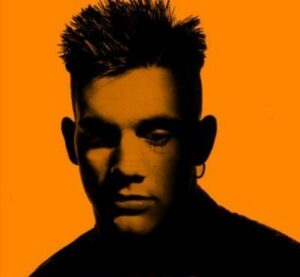
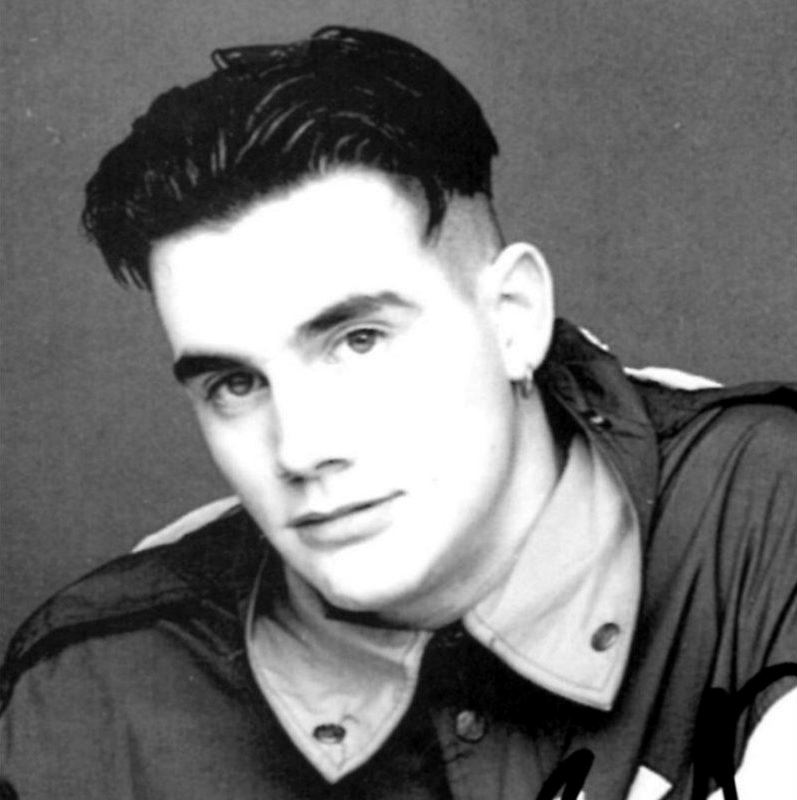
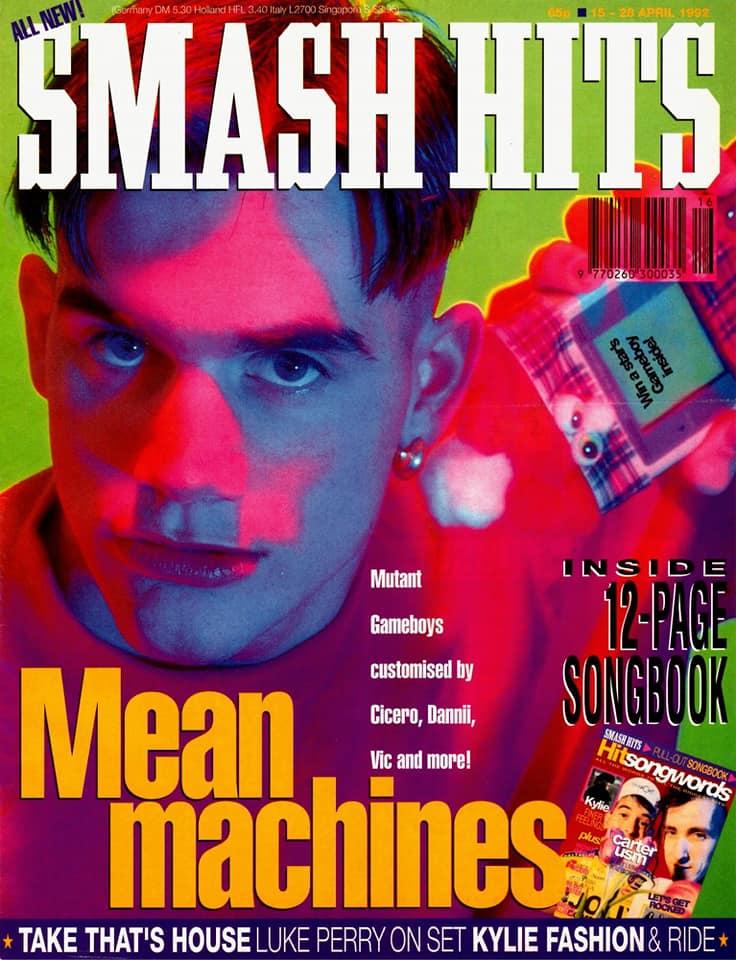
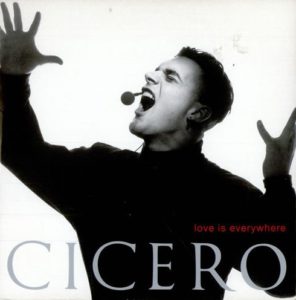
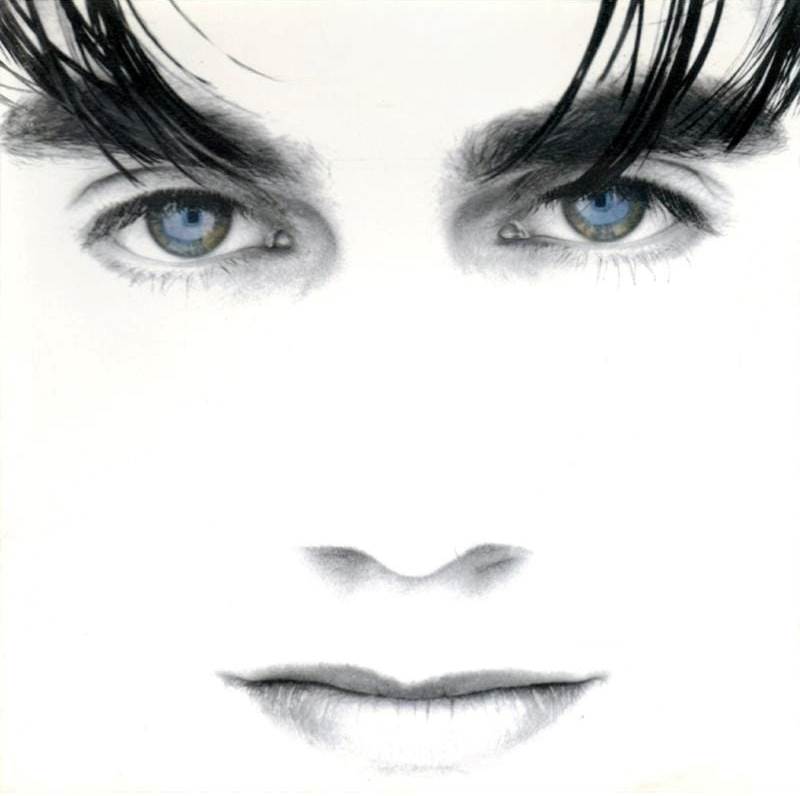
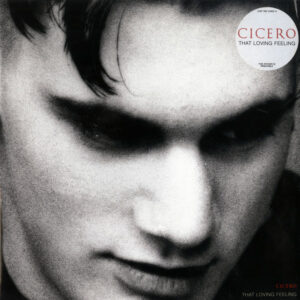
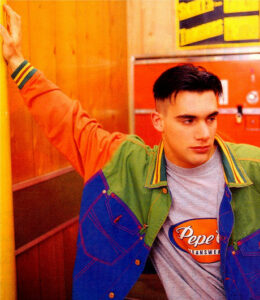
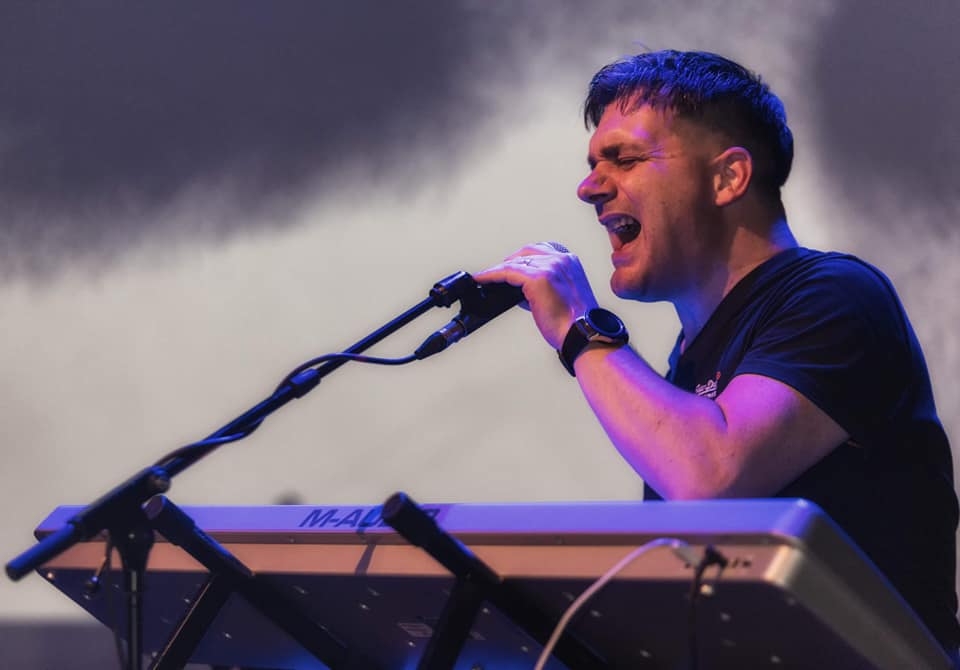
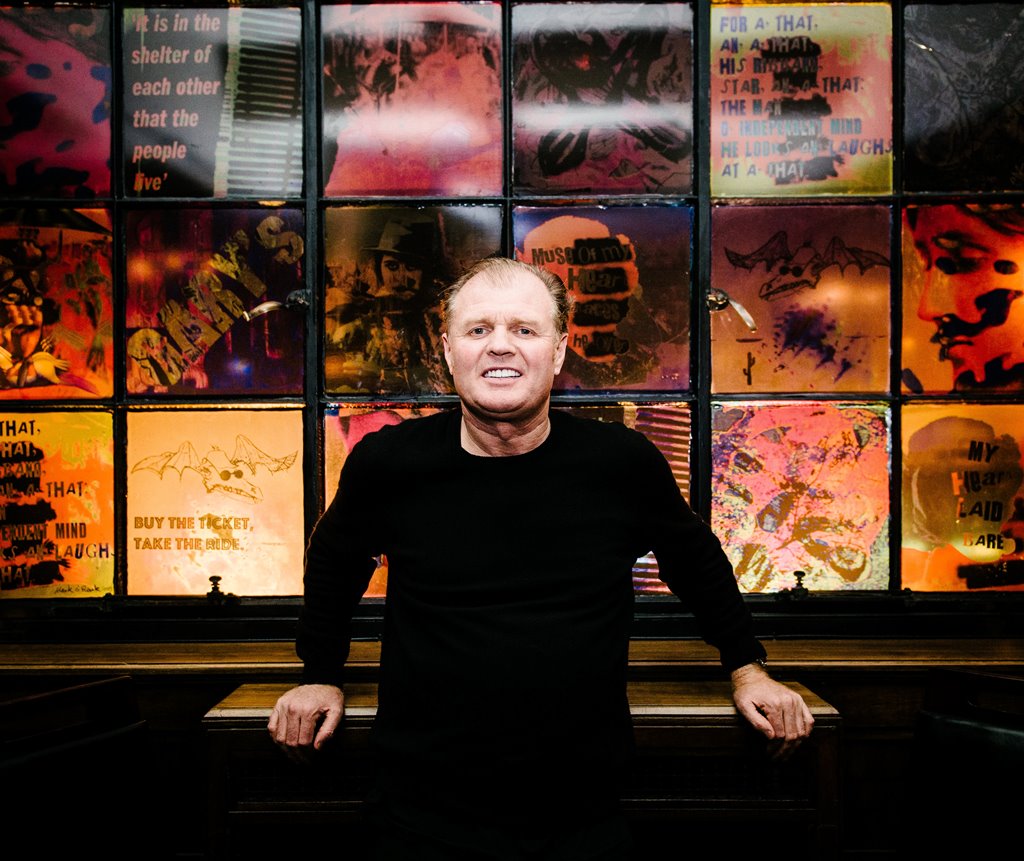
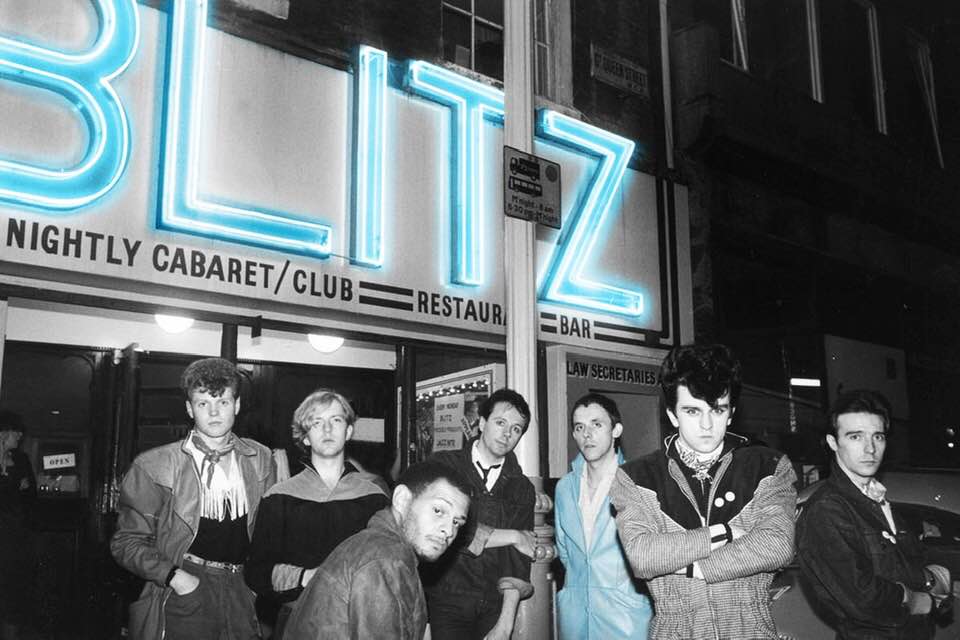
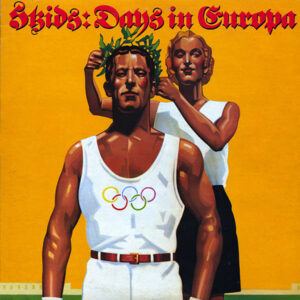
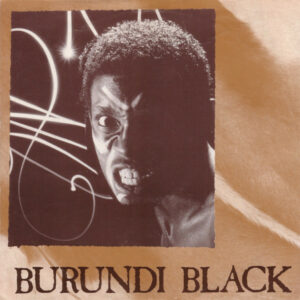
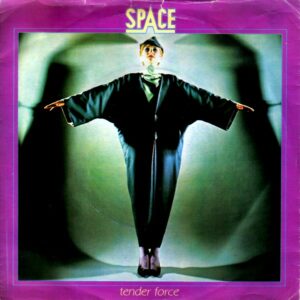
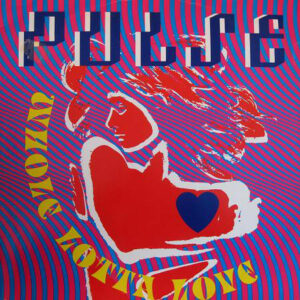
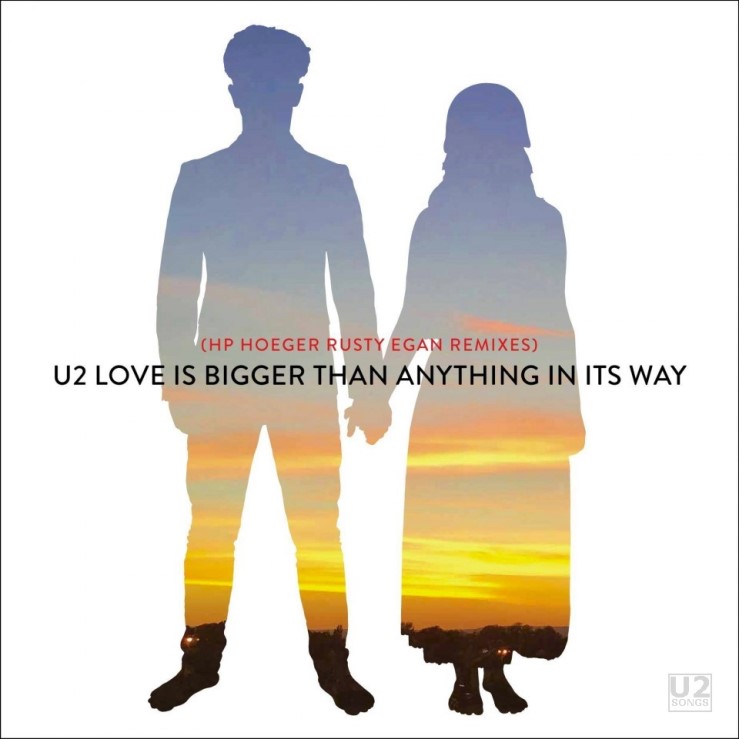

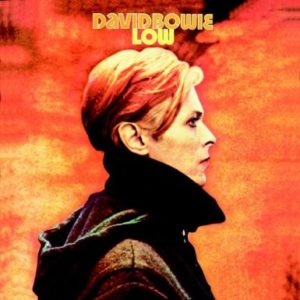
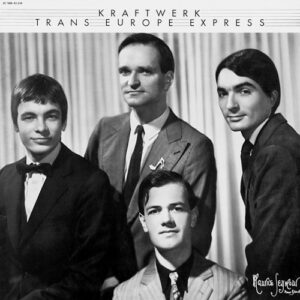
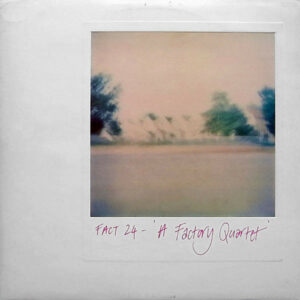
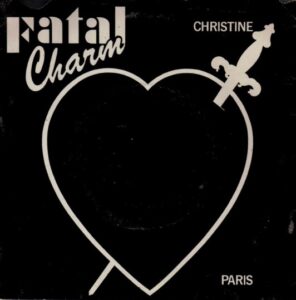
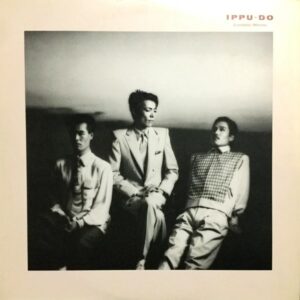
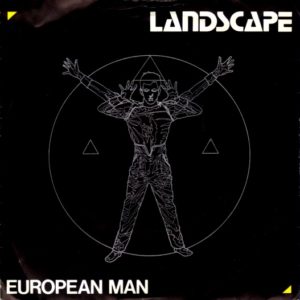
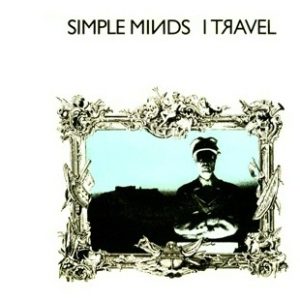
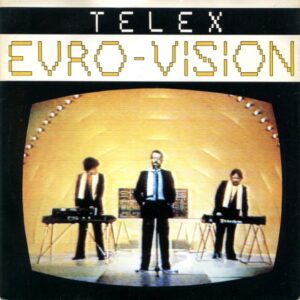
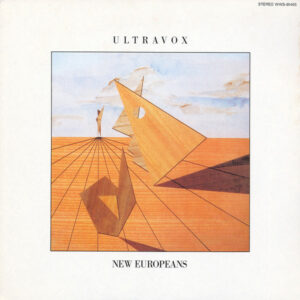

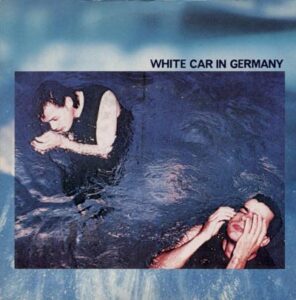
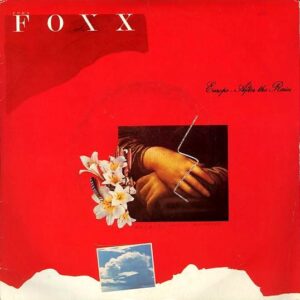
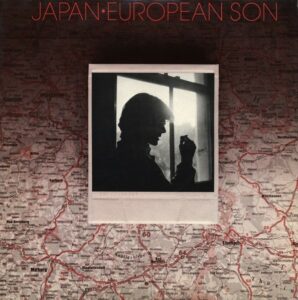
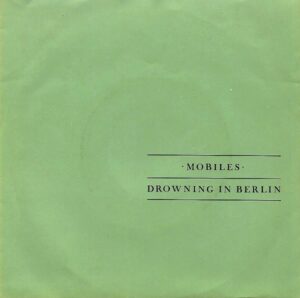

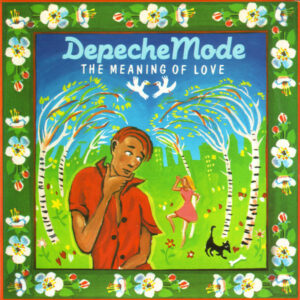
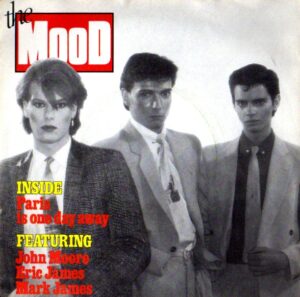
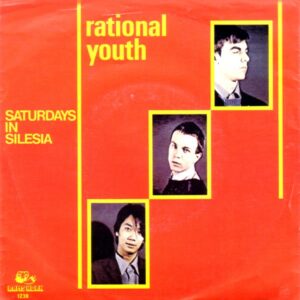
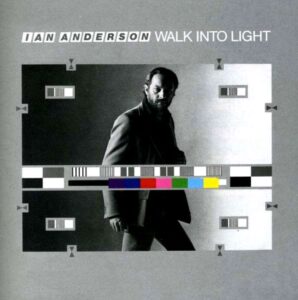
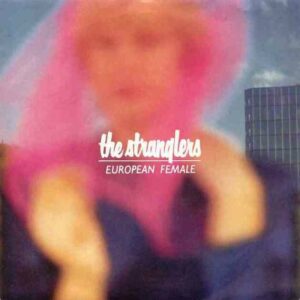
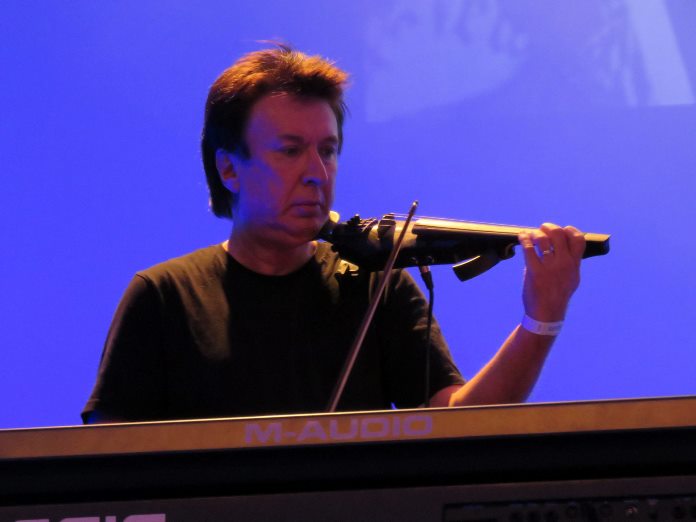
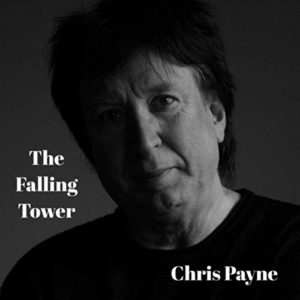
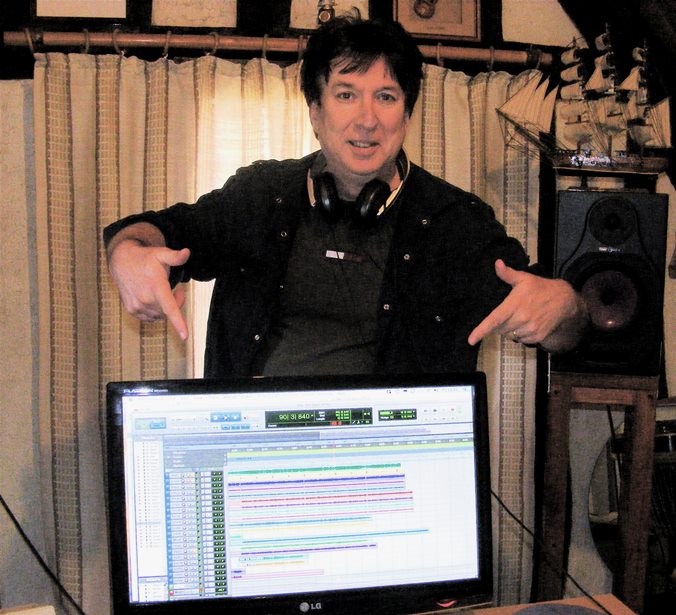
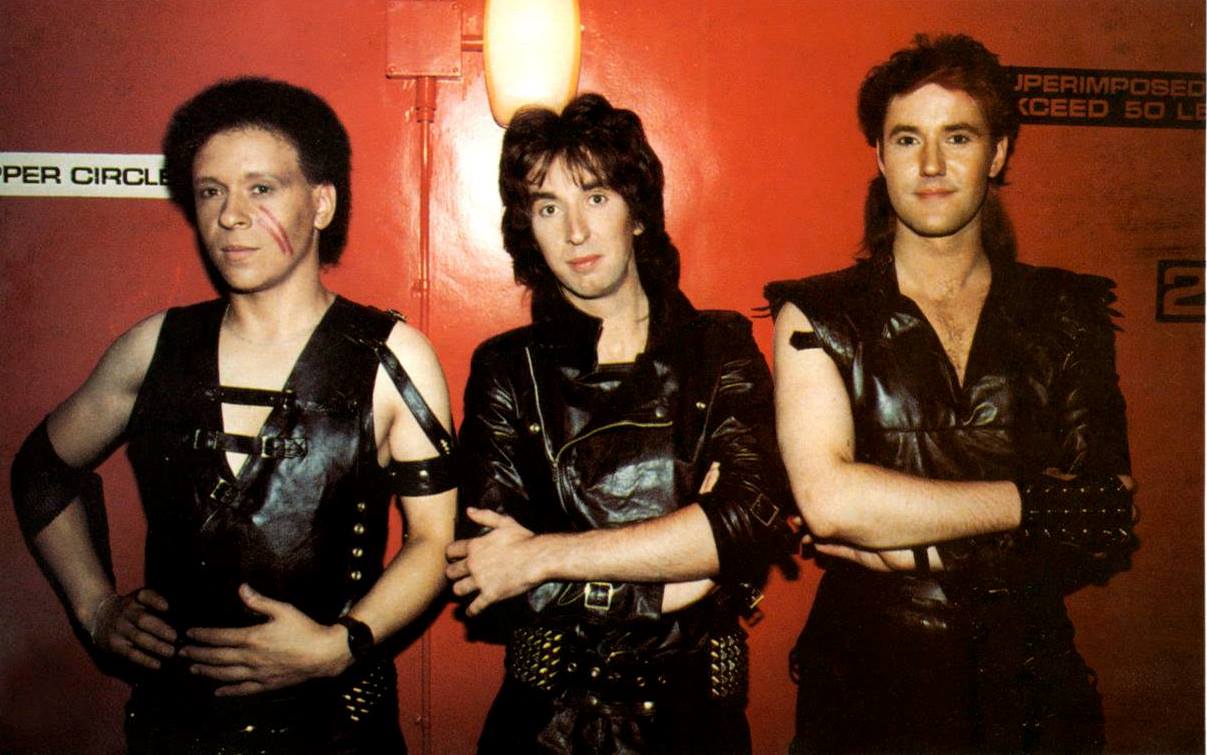
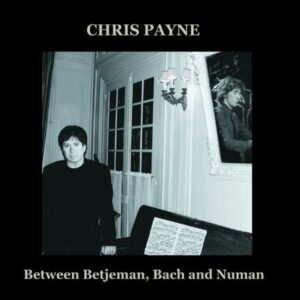
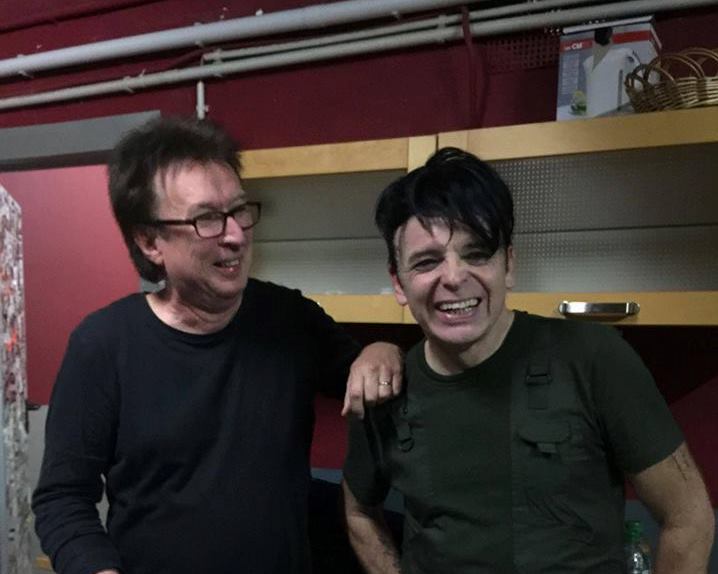
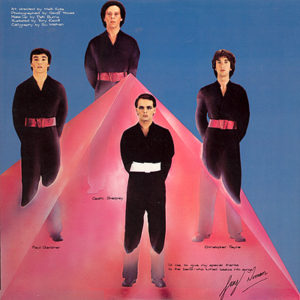
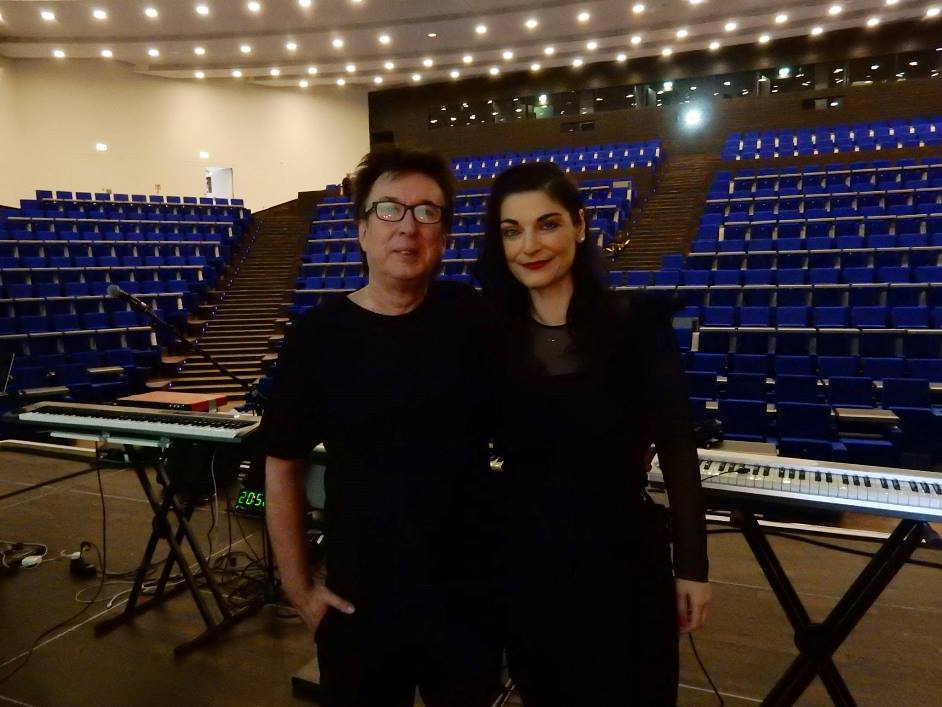
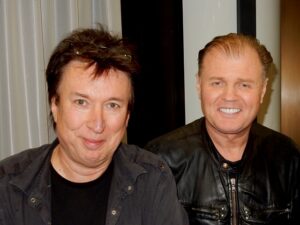
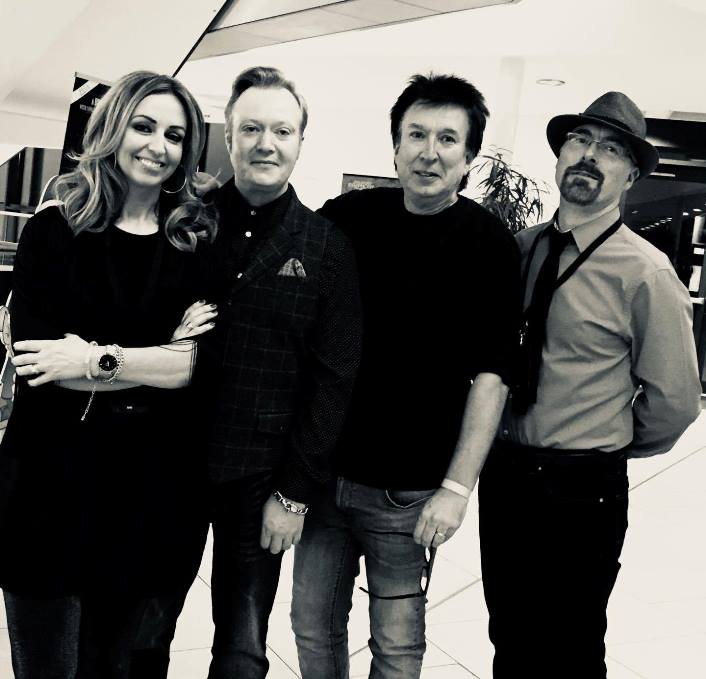
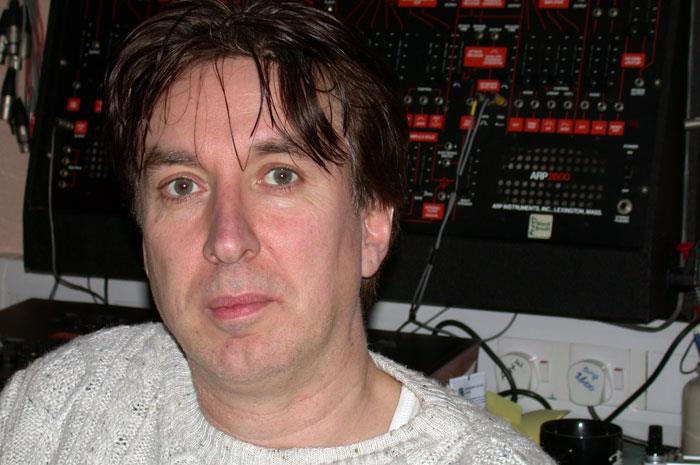
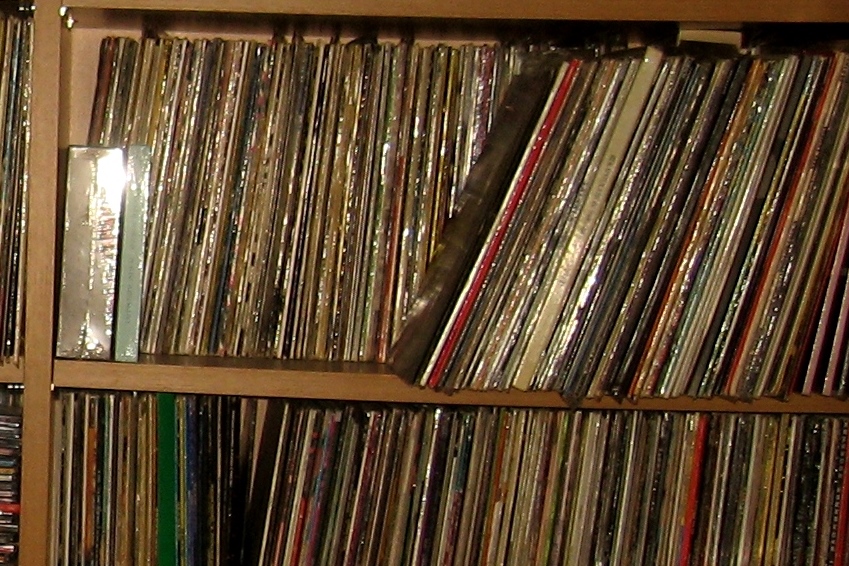
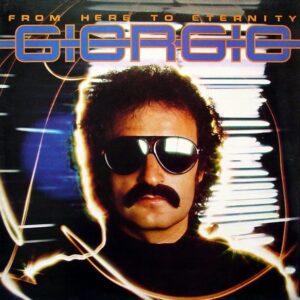
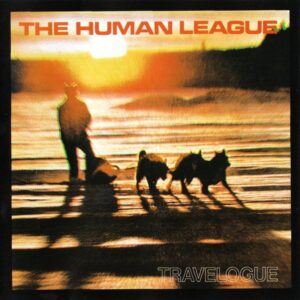
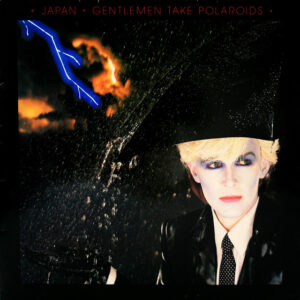
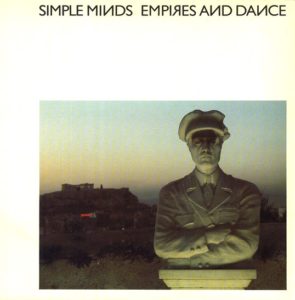
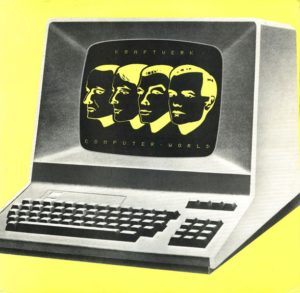
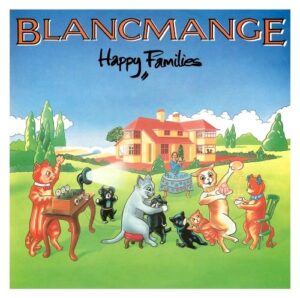
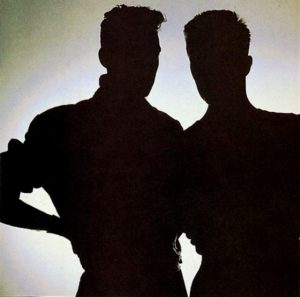
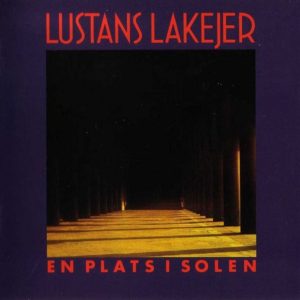
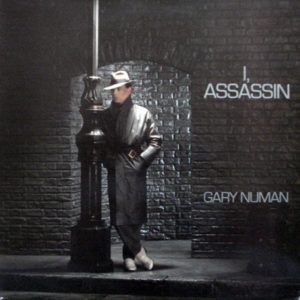
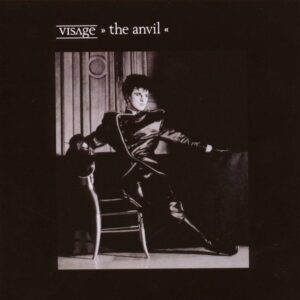
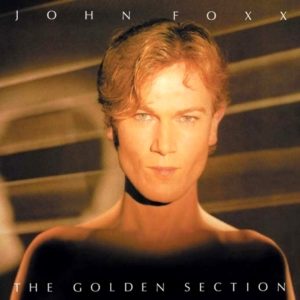
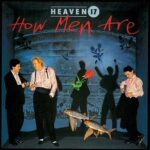
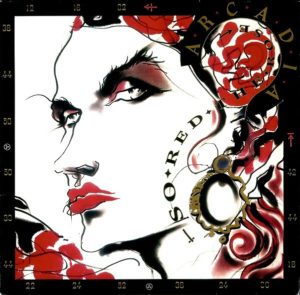
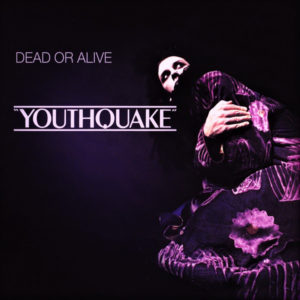
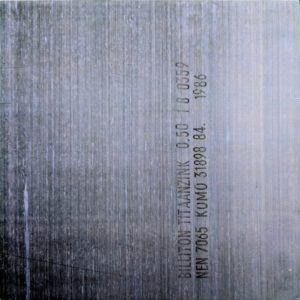
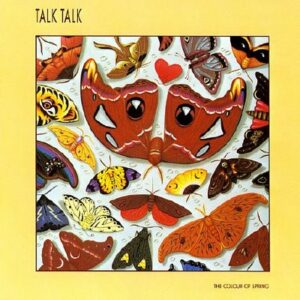
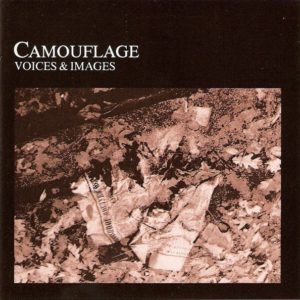
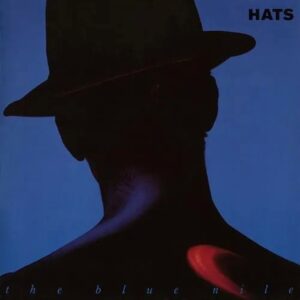
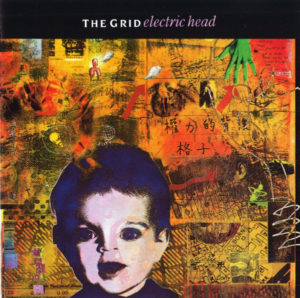
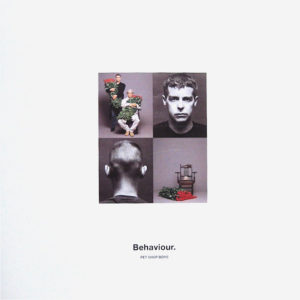
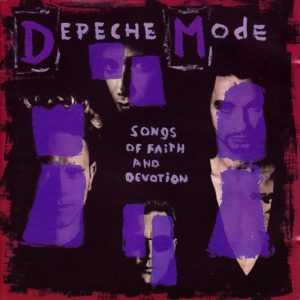
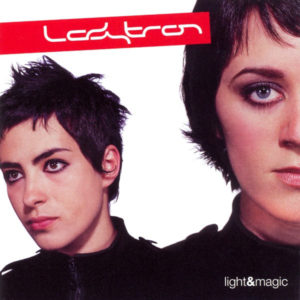
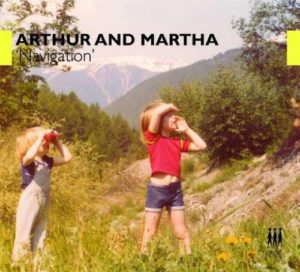
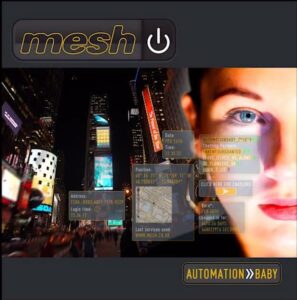
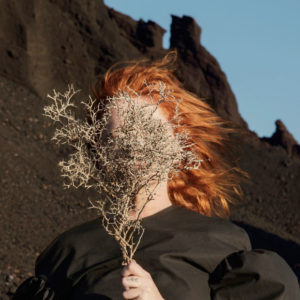
Follow Us!